Content marketing is a long-term advertising strategy that can help law firms build rapport and credibility with their target audience. Quality content also helps prospects find a particular law firm by increasing brand visibility and engagement. By successfully implementing content marketing for law firms, these law firms are able to generate more qualified leads, improve conversions, build authority and rank higher within search results.
How To Perform A Successful Law Firm Content Marketing Campaign
A content marketing campaign is a strategic approach that involves creating and distributing relevant, valuable content to attract and retain a defined audience. Follow these steps to perform a successful law firm content marketing campaign.
Identify Your Target Audience
Content marketing cannot truly be successful unless a law firm fully understands their audience. Law firms can learn more about their target audience by collecting basic demographics on website visitors, social media followers and email subscribers. Analytics can provide extensive information about an audience’s age, gender, income, education and other data.
A law firm can also collect information through customer feedback. Current customers can provide insight into the content currently being produced, what their urgent needs are and what problems they would like to see addressed. Creating buyer personas from the data collected can also give law firms a better understanding of what type of content the target audience will best respond to.
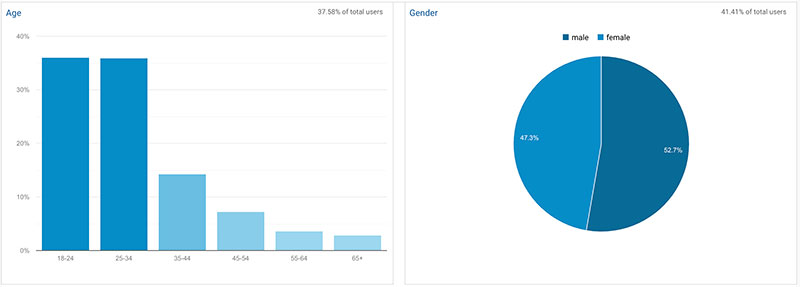
Figure 1.1 shows monthly demographic user data through Google Analytics for one of our law firm clients.
Conduct An Audit Of Competitors
Many law firms spend time reviewing competing law firms’ services, customer experience and other aspects that impact client relationships. However, few take the time to analyze competitor content. A competitive content audit takes stock of a competitor’s content and how they are using it to draw in clients.
Law firms may put out a variety of content types, such as articles, videos, guest posts, images, infographics and surveys. Reading and evaluating this content can help law firms better understand what type of content is most prevalent on the site and has the highest amount of engagement from readers.
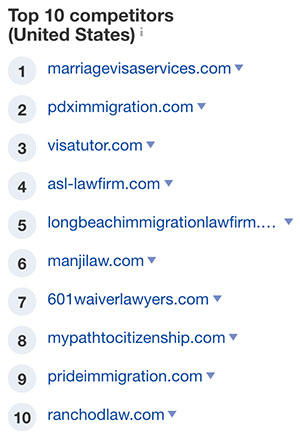
In Figure 2.1, you can see a list of national competitors for one of our clients. By examining competitors backlink portfolios, law firms can identify what law firm marketing strategies they are using and determine what is and is not working.
Perform Local & National Keyword Research
Keyword research is a critical component of content marketing. Implementing local and national keywords into content can help a website rank higher than competitors by utilizing words and phrases that are being searched for by web users. Local keywords attach a particular business, such as a law firm, to a city, county or state.
However, it is also important to reach out to an audience outside of the law firm’s direct city to reach clients in other cities and possibly other states. The right keywords can help a law firm rise to the top of the search engine result pages (SERPs).
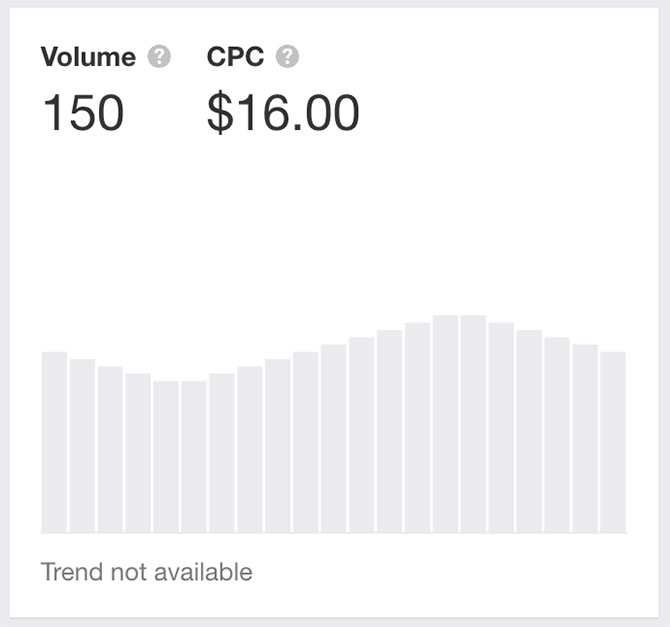
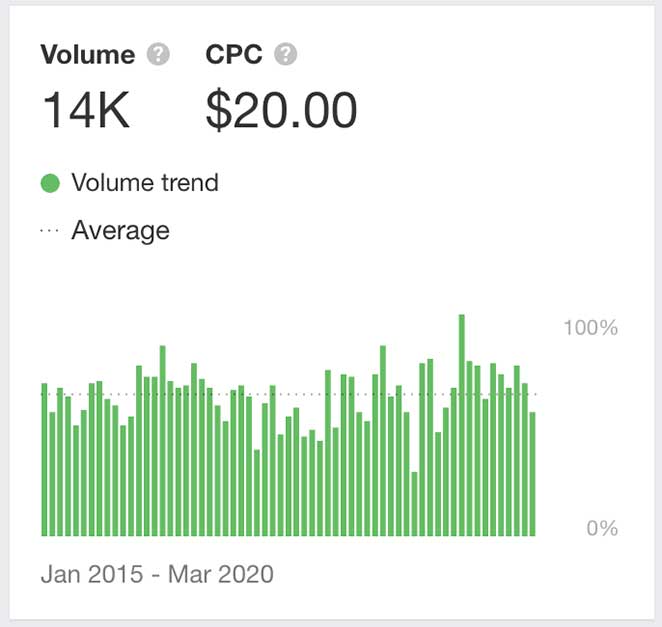
Figure 3.1 shows keyword data for “Family Law Attorney Maryland”, a local keyword which is a valuable keyword for family law attorneys in Maryland who wish to boost their local SEO. Where as Figure 3.2 shows keyword data for the keyword “Family Law Attorney”, a national keyword.
Plan Out 3 Months’ Worth Of Content
Content marketing should be an ongoing effort to keep a website fresh and engaging. If a website never updates their information or adds new information, web users will often stop visiting the site altogether. To avoid missed content opportunities, it is a good idea to plan out at least three months’ worth of content.
This will ensure that content continues to get published on a consistent basis, even if a law firm gets busy and is unable to create content for several weeks. Content should be spread out over several platforms, such as blog posts on a website, images on Instagram and tweets on Twitter.
Begin Strategic Interlinking Once Content Is Live
Internal links link one page of a website to another page on the same website. These links are used by web users and search engines to find content on a particular site. Once content goes live on a website, it is important to create a strategic interlinking plan, which is also referred to as on page SEO.
Remember that search engines use these links to determine the relationship between various pages and posts. Search engines also use internal links to determine the value of pages. Strategic interlinking should include the linking of hierarchical pages, top navigation, taxonomies and recent posts.
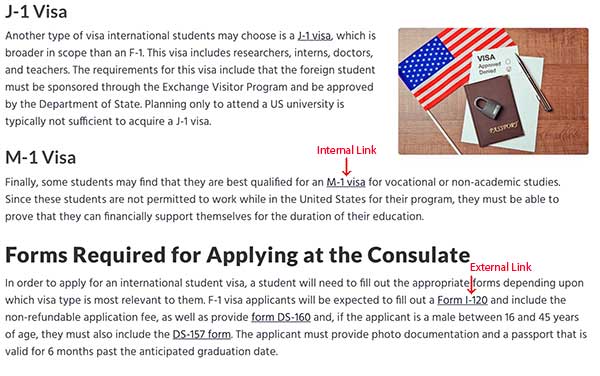
Figure 5.1 shows strategic interlinking with both internal links and external links within a blog for our client Kermit A. Monge.
Adjust & Update Content Based On Data
Not every piece of content published is going to be highly successful. However, it is important to adjust and update data to enhance its performance. Data-driven content marketing can save law firms time, money and effort by creating content that is based on the needs and wants of the target audience.
Perform a detailed SEO analysis of the website to determine which content topics and types of content are most popular among the target audience. Also consider trending topics in the legal niche. With this information, law firms can make necessary changes to existing content and create new content that will draw in readers.
Reach Out To An Experienced Law Firm Marketing Agency
A comprehensive content marketing campaign consists of many different components that work together to generate interest. When used correctly, content marketing can increase sales, provide cost savings and enhance loyalty among customers. For more information about content marketing for law firms or for help developing a content marketing campaign for a law firm, reach out to the experienced law firm marketing experts at 321 Web Marketing.
Schedule A Law Firm Marketing Consultation
Related Articles:







